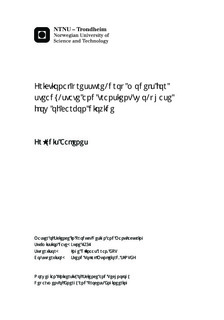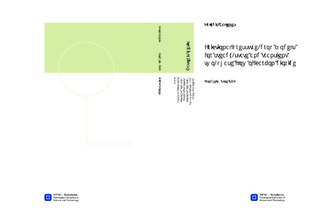| dc.contributor.advisor | Gran, Inge Røinaas | nb_NO |
| dc.contributor.advisor | Munkejord, Svend Tollak | nb_NO |
| dc.contributor.author | Aakenes, Frøydis | nb_NO |
| dc.date.accessioned | 2014-12-19T11:48:47Z | |
| dc.date.available | 2014-12-19T11:48:47Z | |
| dc.date.created | 2012-11-08 | nb_NO |
| dc.date.issued | 2012 | nb_NO |
| dc.identifier | 566074 | nb_NO |
| dc.identifier | ntnudaim:7320 | nb_NO |
| dc.identifier.uri | http://hdl.handle.net/11250/234754 | |
| dc.description.abstract | Related to the technology of CO2 capture, transport, and storage (CCS), an accurate transport model which predicts the behaviour of carbon-dioxide mixtures during steady-state and transient situations, is needed. A correct estimation of the frictional pressure-drop is an important part of such a model.A homogenous friction-model, the Friedel model, and the Cheng et al. model have been compared with six steady-state experiments using pure CO2. The experiments were nearly adiabatic and within the following range: mass velocities from 1058 to 1663 kg/m2s, saturated temperatures from 3.8 to 17 C (reduced pressures from 0.52 to 0.72), vapor fractions from 0.099 to 0.742, and pipe diameter of 10 mm.The Friedel model was found to be the most accurate model with a standard deviation of 9.7 % versus 55.74 % for the Cheng et al. model and 29.18 % for the homogenous model.The selected friction models were implemented into a numerical model for pipe flow of multiphase CO2, and one of the mentioned experiments was reproduced. The result illustrates how the accuracy of the friction model is even more important when used as a part of the complete transport-model. This is mainly because the friction model and other sub-models, such as the equation of state, are coupled. During the implementation of the Cheng et al. model, certain errors in the original paper were found and corrected.In the case of a transient flow, the influence of the friction model and the associated slip relation, were explored. It was shown that wave speeds strongly depends on the slip relation used. The friction model itself will indirectly affect the wave speed. This is mainly because of the reducedfluid velocity arising when the driving force across the wave is reduced. However, the main effect of the friction model is the pressure gradient arising in regions where the velocity is non-zero. | nb_NO |
| dc.language | eng | nb_NO |
| dc.publisher | Institutt for energi- og prosessteknikk | nb_NO |
| dc.subject | ntnudaim:7320 | no_NO |
| dc.subject | MTPROD produktutvikling og produksjon | no_NO |
| dc.subject | Energi-, prosess- og strømningsteknikk | no_NO |
| dc.title | Frictional pressure-drop models for steady-state and transient two-phase flow of carbon dioxide | nb_NO |
| dc.type | Master thesis | nb_NO |
| dc.source.pagenumber | 124 | nb_NO |
| dc.contributor.department | Norges teknisk-naturvitenskapelige universitet, Fakultet for ingeniørvitenskap og teknologi, Institutt for energi- og prosessteknikk | nb_NO |

